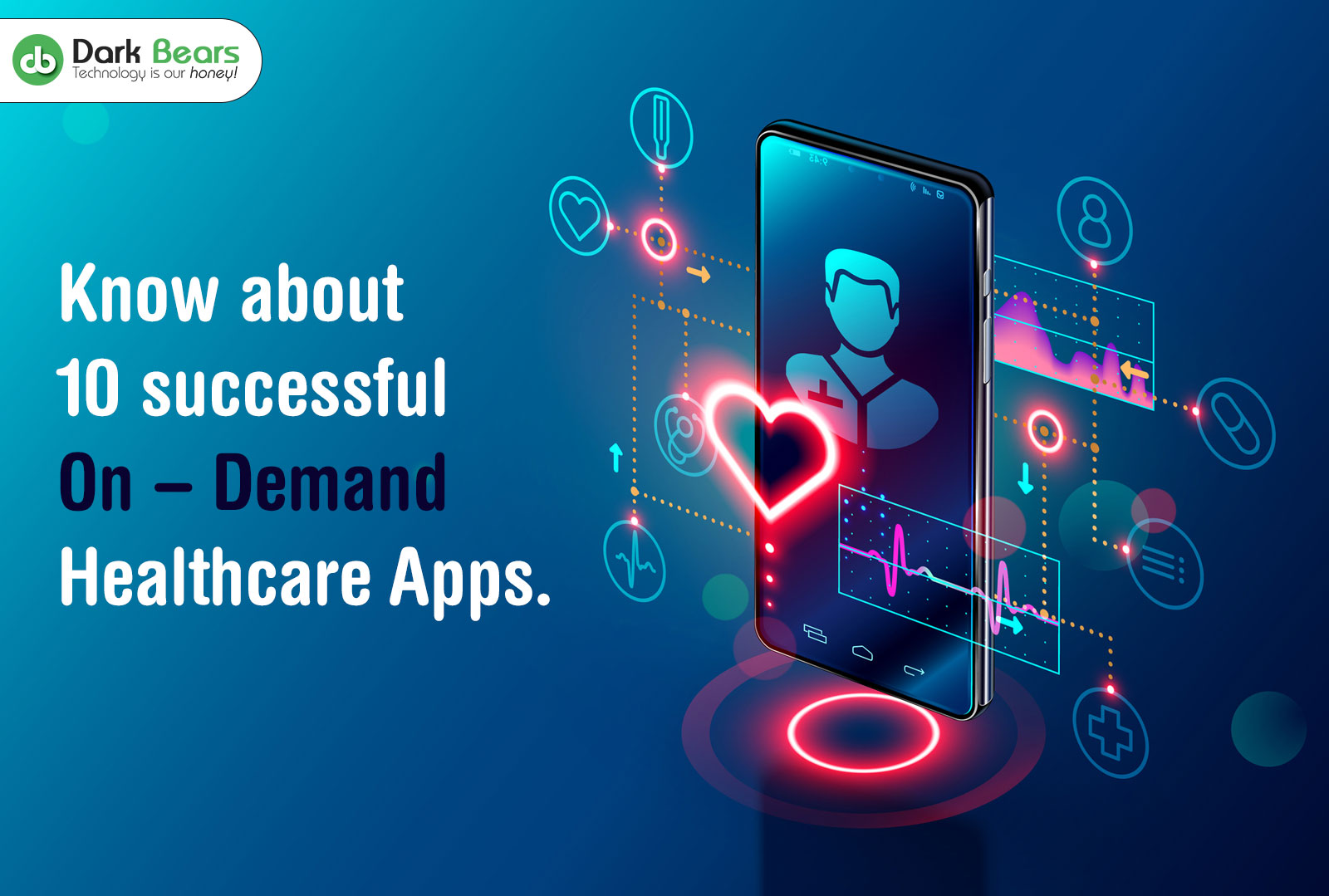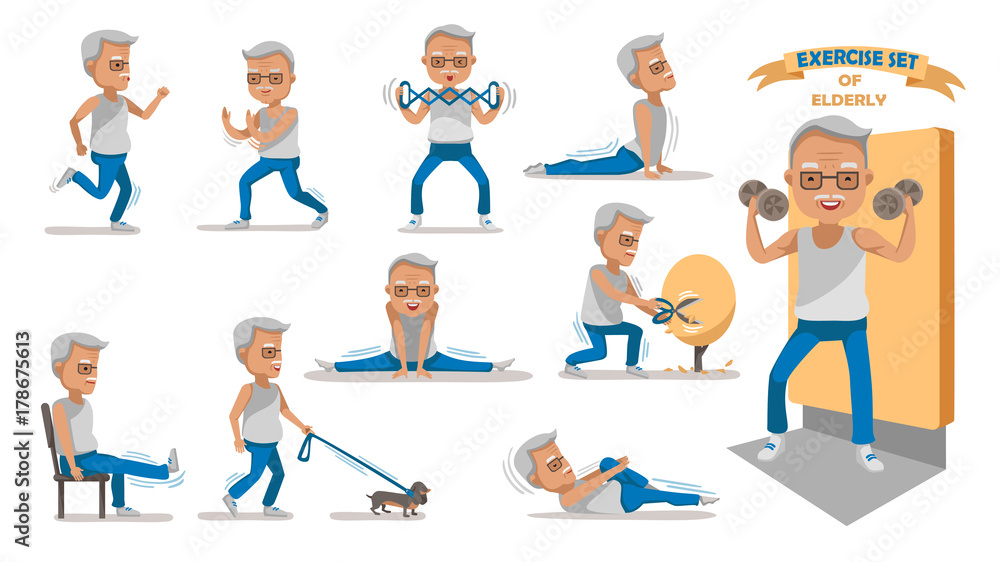Forging Resilience: How Stochastic Conditioning Reflects in Overall Health
This article explores the intersection of stochastic resonance whole-body vibration (SR-WBV) and Exergame-dance training (EXDT), shedding light on their roles in boosting physical and cognitive resilience among the elderly. The narrative weaves through the recent study findings, demystifies the science behind stochastic conditioning, and touches upon the role of new-age technology in facilitating these interventions. Emphasis is placed on understanding the implications for long-term healthcare and personalized conditioning programs, with insights led by the story of a cutting-edge digital app that aids in tracking and maximizing the benefits of such training modalities.
WN
By Workout Notepad
February 17, 2024

The Dawn of a New Fitness Era: Stochastic Resonance and Exergaming
Vibrating to the Beat of Health: Breaking Down SR-WBV & EXDT
Vibrating to the Beat of Health: Breaking Down SR-WBV & EXDT
With an imaginative zeal akin to that of comic book creators who craft new superheroes for a modern world, researchers have breathed life into a dynamic duo for elderly fitness: stochastic resonance whole-body vibration (SR-WBV) and Exergame-dance training (EXDT). SR-WBV is like a gentle but powerful force field, stimulating the body’s muscles and sensory systems through vibrations that enhance the body’s ability to fine-tune motor responses, akin to an internal tuning fork that brings the body’s systems into harmonious balance. EXDT, on the other hand, sweeps players into a vibrant dance of colors and movements, leveraging the playful spirit and interactive excitement of video games to guide users through specially designed workouts that blend rhythm with reflexes, perpetuating both mental dexterity and physical vitality.
Swathed in the cloak of cutting-edge technology, these interventions become particularly impactful for the elderly, a demographic often beleaguered by functional and cognitive decline. The study in question unfurled significant findings: elderly participants in the intervention group not only achieved better scores in the Short Physical Performance Battery (SPPB), reflecting enhanced physical performance, but they also exhibited improved cognitive functioning, particularly in tasks testing executive functions such as the Trail Making Test A and B (TMT A & B). By embracing these novel and engaging forms of exercise, this research provides necessary optimism, painting a potential future where the wellness routines of our elders pulsate with the beat of innovation and fun—a significant stride toward rewriting the narrative of aging and dependency.
Swaying Beyond Limitations: A Detailed Look at the Study’s Findings
The study, using a relatively small group of 17 participants, unveiled an inspiring narrative that redefines the tryst with aging and limitations. It focused on an eight-week intervention combining stochastic resonance whole-body vibration (SR-WBV) with Exergame-dance training (EXDT), demonstrating significant improvements in the physical and cognitive domains of older adults living in long-term care facilities. Through the lens of the Short Physical Performance Battery (SPPB), participants in the intervention group exhibited remarkable advances in gait and balance – highlighting physical transformations. Likewise, cognitive leaps were evidenced by better scores on the Trail Making Test A and B, signalling enhanced mental agility. It’s critical to acknowledge that this journey toward better health was not just about the use of technology but the design of the study itself, which was distinguished by its randomized assignment of participants into groups, giving scientific credence to these quantifiable proofs.
Notwithstanding the sample size and the nascent understanding of the underlying mechanisms at play, the study essentially carved a hopeful pathway for those once seen as bound by the inexorable decline of age. The discourse now shifts towards integration tools such as technological applications that make such interventions more accessible. With fitness and health increasingly moving towards tech integration, systems like a tech app – equipped with automatic tracking and extensive data analytics – could be indispensable in scaling the promising effects of SR-WBV and EXDT. Engaging enthusiastically with such tools can deliver a captivating health-improvement journey, steering users through personalized data insights to fine-tune their stochastic conditioning experience. The coming sections will further unwrap this fascinating synergy between state-of-the-art technology and human aspiration for a healthful existence beyond conventional barriers.
Embracing the Technology Wave in Healthcare

healthcare technology apps
Embracing the Technology Wave in Healthcare
In response to the study’s illuminating findings, those seeking a merger of technology and wellness need not look further than the avant-garde tele-exercise app, epitomizing a personal health revolution. This marvel of software engineering comes fully equipped to supplement individuals exploring stochastic resonance conditioning. Users are dazzled by a fusion of effortlessness and sophistication in health improvement as the app deftly automates tracking of physical activity, heart rates, and progressive metrics, optimizing the exercise regimen with stunning precision. The allure lies in the convenience and the spell of analytics that crystalize abstract health goals into concrete, attainable milestones.
The app becomes an ever-present health ally as it syncs seamlessly with wearable tech, morphing raw data into coherent narratives of one’s health trajectory. It whispers motivations through its notifications and unlocks the realities of incremental growth through calculated feedback. In this way, users consume their fitness narratives as engaging tales of determination and accomplishment, with every notification, every graph a new page. As you brace for the following sections, imagine the uplifting tales to be told: individuals who, empowered by such innovative tools, transformed their lives, carefully guided by the rhythms of stochastic conditioning and exergaming.
Case Studies: Tales of Transformation
The air reverberated with a sense of triumph in the care home where the lives of several elderly individuals were being transformed through the amalgamation of stochastic resonance whole-body vibration (SR-WBV) and Exergame-dance training (EXDT). Among them was 85-year-old Martha, who once felt bound to her chair due to frailty, but she now dances to the rhythms of vibrant music, weaving her newfound balance and cognitive agility into every step. The playful interface and invigorating exercises had not only rejuvenated her body but illuminated her spirit as well—her smile told a tale of rediscovered vitality and joyous independence. A testament to the dual advancement of physical prowess and mental acuity, Martha’s story, akin to her peers, symbolized the holistic benefits of integrating cutting-edge holistic therapies into routine health regimens.
Adjacent to Martha’s zestful exuberance, stood John, a retired veteran whose silent battles with mental lethargy had rendered his twilight years colorless. John’s involvement in the revolutionary program etched a stark contrast to his initial disinterest; where skepticism resided, now sparked curiosity and engagement. Charts showcasing a surge in his Trail Making Test B scores mirrored back as undeniable proof of sharpened mental faculties. His footsteps, aligned with rhythmic vibrations, patterned a dance of cognitive renaissance, narrating an inspirational account of how technology can breathe not just efficacy, but also vigor and purpose into the wellness plans of those in their golden years. As these heartwarming success stories unfold, it’s a reminder of the endless possibilities that await future refinements and personalized applications of these transformative therapies.
Fine-tuning Future Interventions: The Potential and Limitations
Fine-tuning Future Interventions: The Potential and Limitations
Parting Thoughts: Weaving Resilience into Daily Routines

daily routines elderly fitness
As the horizon of health technology expands, carving a niche for resilience-building practices into our daily routines becomes increasingly feasible, especially for the elderly who stand to gain immeasurably from such advancements. The integration of stochastic resonance whole-body vibration (SR-WBV) and Exergame-dance training (EXDT) promises a brighter future, one where older adults can nurture both their physical and cognitive faculties right within the comfort of their homes or care facilities. Small yet meaningful steps, like setting aside dedicated time for simple WBV exercises, accompanied by the cognitive stimulation of interactive gaming, can forge a daily ritual that collectively aims at improving balance, strength, and mental agility. To assure progress, tracking improvements and staying committed through tools such as the Workout Notepad app could help seniors and their caregivers monitor the benefits of these exercises over time while adjusting the regime as needed for maximum efficacy.
In this light, studies suggest that fostering such a dual-focus training program is not just a prospect but a tangible goal, one that could significantly augment quality of life for our seniors. While embracing this technological wave comes with a host of considerations—from individual health constraints to the teething troubles of adopting new tech—the overarching narrative remains one of hope and empowerment. As we conclude, it is worth remembering that the journey of a thousand miles begins with a single step, be it in the form of a tentative dance step guided by an exergame or the gentle hum of a vibration platform. With commitment and careful adaptation, resilience is not just a fanciful ideal, but a practice woven seamlessly into the routines of those who believe in aging not just gracefully, but also vibrantly and mindfully.
SOURCES
- https://www.ncbi.nlm.nih.gov/pmc/articles/PMC7734185/
- https://medium.com/in-fitness-and-in-health/the-roman-soldier-drill-for-brute-strength-and-physical-resilience-77d2de84a9c0
- https://news.cuanschutz.edu/hubfs/CON_Caregivers_071923.jpg
- https://www.ncbi.nlm.nih.gov/pmc/articles/PMC7734185/
- https://www.ncbi.nlm.nih.gov/pmc/articles/PMC9947405/
- https://www.ncbi.nlm.nih.gov/pmc/articles/PMC7734185/
- https://www.ncbi.nlm.nih.gov/pmc/articles/PMC9947405/
- https://www.ncbi.nlm.nih.gov/pmc/articles/PMC7734185/
- https://www.ncbi.nlm.nih.gov/pmc/articles/PMC9947405/
- https://www.ncbi.nlm.nih.gov/pmc/articles/PMC6912378/
- https://www.ncbi.nlm.nih.gov/pmc/articles/PMC10298072/
- https://darkbears.com/blog/wp-content/uploads/2022/08/demand_healthcare_apps.jpg
- https://www.ncbi.nlm.nih.gov/pmc/articles/PMC7734185/
- https://www.ncbi.nlm.nih.gov/pmc/articles/PMC3801249/
- https://www.ncbi.nlm.nih.gov/pmc/articles/PMC6617696/
- https://karger.com/ger/article/68/4/465/828409/Personalized-Exercise-Programs-Based-upon-Remote
- https://www.ncbi.nlm.nih.gov/pmc/articles/PMC7734185/
- https://eurapa.biomedcentral.com/articles/10.1007/s11556-011-0094-9
- https://as1.ftcdn.net/v2/jpg/01/78/67/56/1000_F_178675613_VQcMPabN3uLCb4LtySexWfO6W56Kaqtw.jpg
